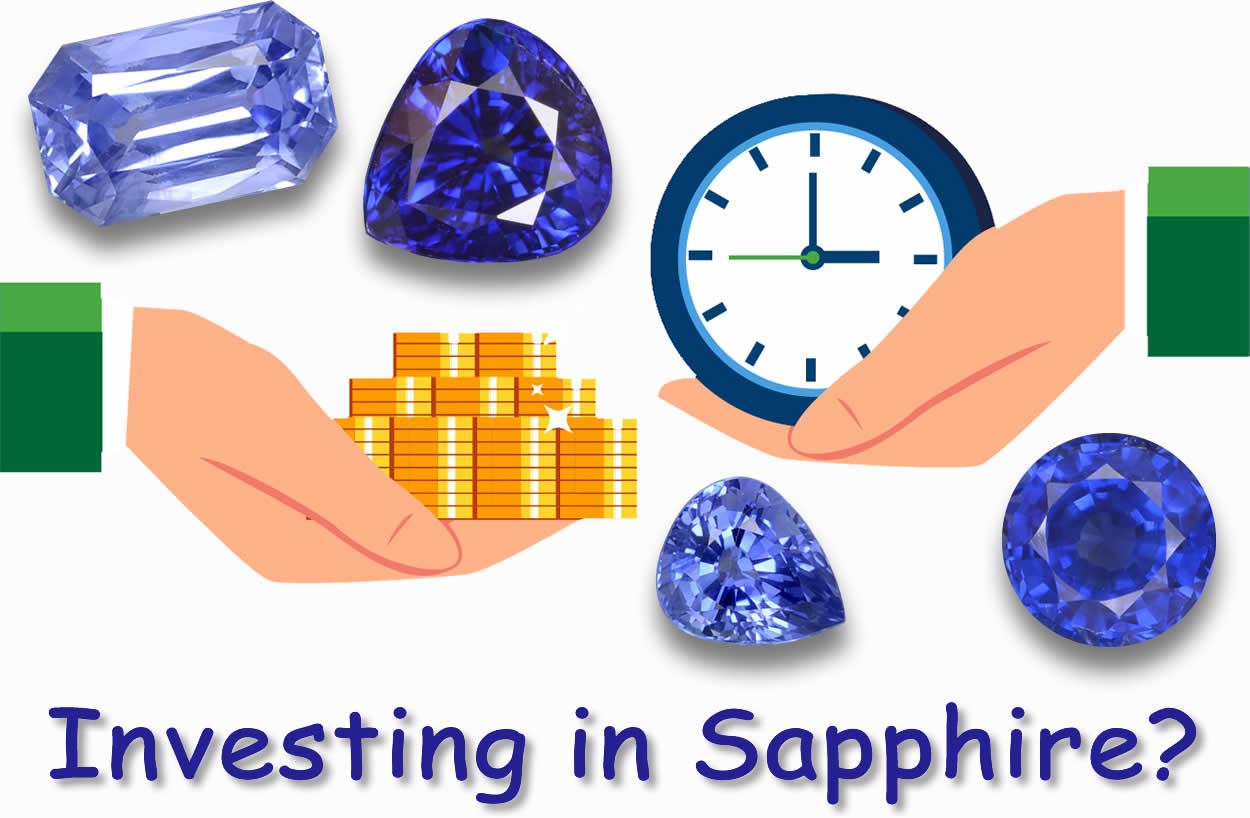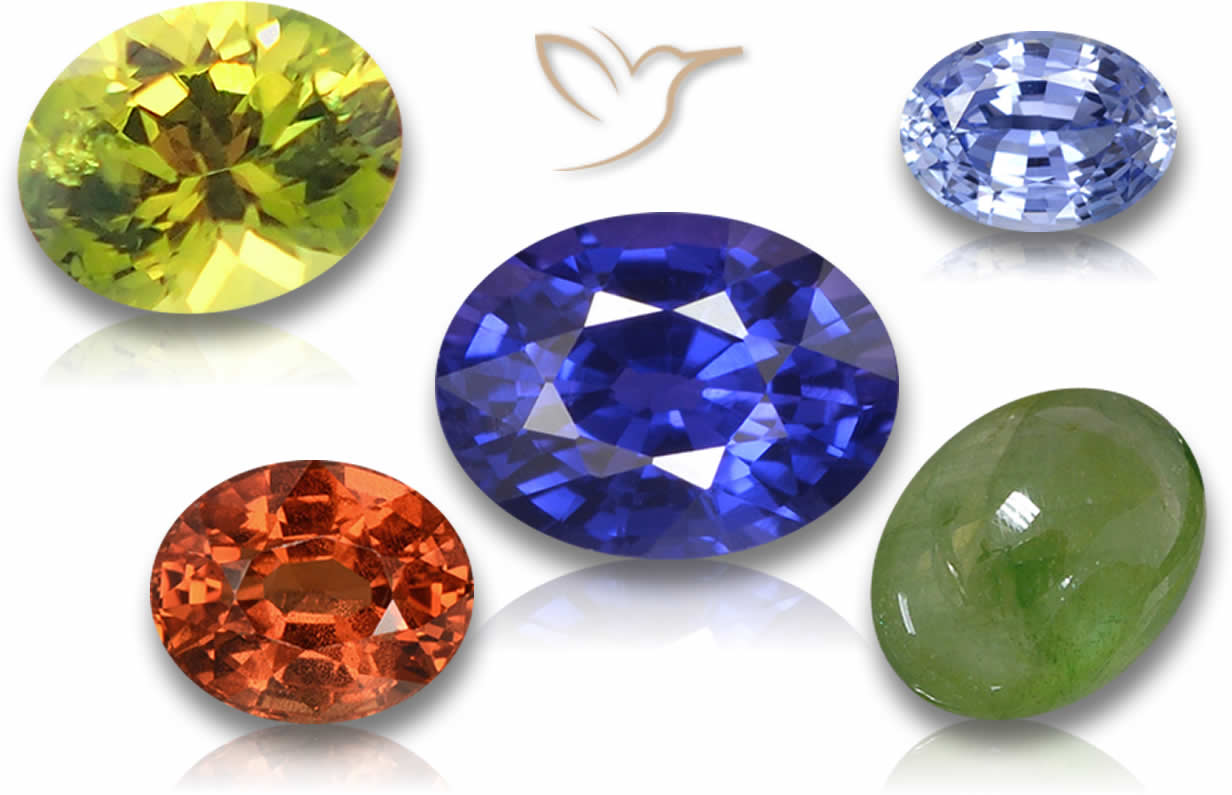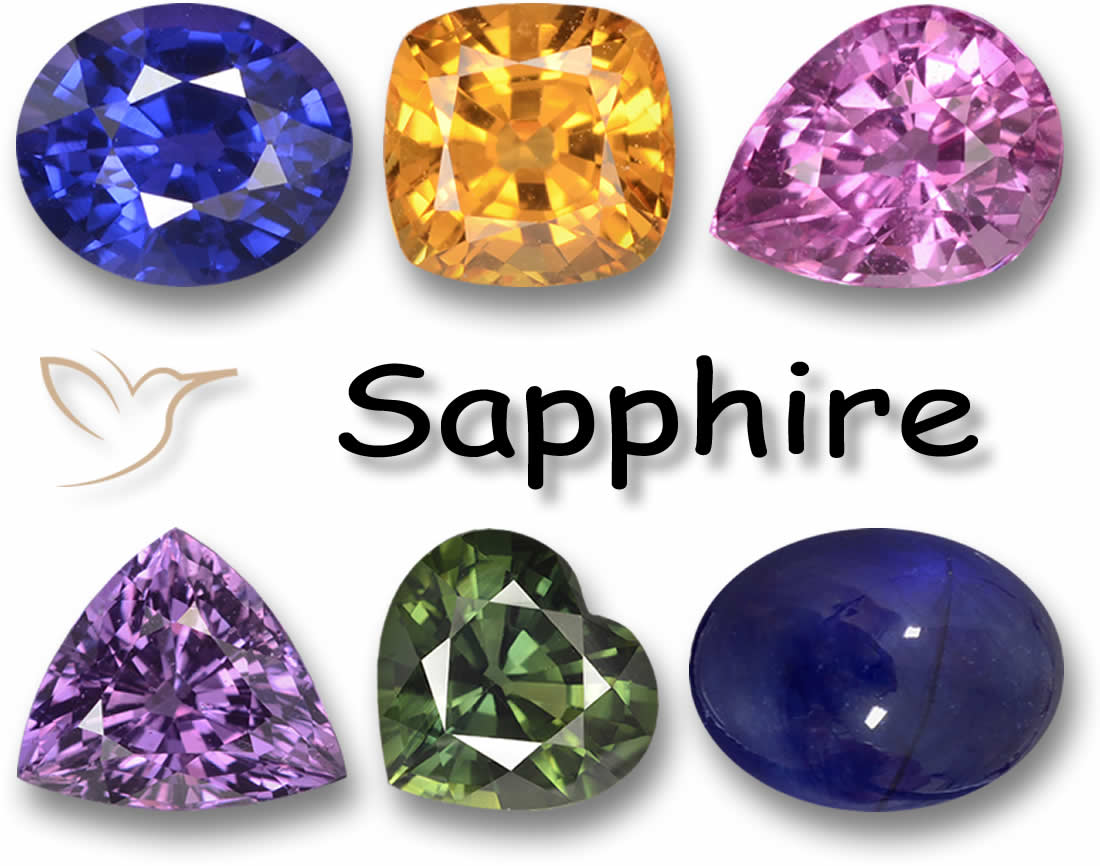Is It Worth Investing in Sapphire? Explore the Benefits

Introduction to Sapphire Investment
Investing in sapphires is gaining traction among those looking to diversify their portfolios with unique, valuable assets. These stunning gemstones, known for their vibrant colors - especially the classic blue - offer more than just aesthetic appeal. They hold the potential for significant long-term value growth. Whether you're a seasoned investor or just curious about gemstones, sapphires can be a rewarding addition. In this article, we’ll dive into why sapphires are a smart investment, key factors to consider, and how they stack up in the gemstone market. For a deeper understanding, explore our comprehensive guide to sapphire gemstone information. Ready to explore? Let’s get started!
Interested in adding sapphires to your collection? Check out our curated selection of loose sapphires for sale online or discover how to incorporate them into custom jewelry with sapphires.
Key Takeaways
- Sapphires are rare gems with a limited global supply, driving their value.
- They’ve shown strong historical price growth, often outpacing other gemstones.
- Their cultural and emotional significance boosts collector demand.
- Quality, grading, supply, demand, and origin impact sapphire investment value.
- Work with trusted dealers and prioritize certified stones to invest wisely.
Why Sapphires Are a Desirable Investment
Sapphires aren’t just pretty stones - they’re a compelling investment choice. Their rarity, historical performance, and deep cultural significance make them stand out. Let’s break down what makes sapphires so special for investors.
Rarity and Scarcity
Sapphires are among the rarest gemstones, sourced primarily from regions like Sri Lanka and Myanmar. Their limited supply, paired with consistent global demand, fuels their value. This scarcity makes them a favorite for investors and collectors alike.
Historical Performance
Over the years, sapphires have proven their worth, often outperforming rubies, emeralds, and even diamonds. High-quality sapphires, especially rare ones, have seen steady price increases, making them a reliable long-term investment.
Emotional and Cultural Significance
Beyond their financial value, sapphires carry a rich legacy. Associated with royalty, wealth, and power across cultures, they’ve been cherished for centuries. This emotional and historical appeal adds a unique layer of value for collectors.

Historical Performance of Sapphires
Sapphires have a track record of impressive price growth, often surpassing other gemstones. High-quality stones have appreciated steadily, with rare sapphires seeing dramatic value spikes over decades. Learn more about current sapphire market prices to understand their value trends.
Price Appreciation Over Time
On average, sapphires, rubies, and emeralds have appreciated by 5-8% annually. Sapphires trail slightly behind rubies (18%) at 16%, but ahead of emeralds (12%). Exceptional stones can see gains of 20-30%. For the best returns, consider holding sapphires for 10-20 years.
Comparison with Other Gemstones
Compared to rubies, emeralds, and diamonds, sapphires offer remarkable stability. While all gemstones are subject to market fluctuations, sapphires’ consistent demand and limited supply make them a standout choice for diversified portfolios.
Is Investing in Sapphires Worth It?
Sapphires are a solid choice for diversifying your investments, thanks to their rarity, historical performance, and cultural allure. However, success depends on understanding market trends, sapphire quality, and your risk tolerance. Curious about affordability? Check out our guide on whether you can afford a blue sapphire. If you’re drawn to the beauty and potential of sapphires, they could align perfectly with your financial goals. But, as with any investment, it’s all about balancing risk and reward.
Comparing Gemstone Investments
Investment Potential
Sapphires, rubies, emeralds, and diamonds each offer unique investment opportunities. Sapphires shine with steady price growth and market stability, while rubies and emeralds face more volatility. Diamonds, though a classic, are impacted by oversupply and shifting consumer preferences.
Risks Involved
Gemstone investments come with risks, including market fluctuations, fraud, and grading challenges. To mitigate these, research thoroughly, choose reputable sellers, and diversify your gemstone holdings.
| Gemstone | Investment Potential | Key Risks |
|---|---|---|
| Sapphire |
|
|
| Ruby |
|
|
| Emerald |
|
|
| Diamond |
|
|

Factors Affecting Sapphire Prices
Sapphire prices hinge on several key factors. Understanding these can help you make informed investment decisions and build a valuable collection. For detailed insights, see our guide on factors influencing sapphire prices.
Quality and Grading
A sapphire’s value is heavily influenced by its color, clarity, cut, and carat weight. Unlike diamonds, sapphires lack a universal grading standard, so certification from a reputable gemological lab is crucial to verify quality and worth. Learn how to evaluate sapphire quality to make smarter investments.
Supply and Demand
Prices fluctuate based on availability and market demand. With primary sources like Sri Lanka and Myanmar, disruptions in supply or spikes in demand can drive prices up. Political issues or shifting trends also play a role.
Geographic Sources
Origin matters. Sapphires from Sri Lanka and Myanmar, especially cornflower blue Ceylon or Burmese blues, command premium prices - some reaching $30,000 per carat for 1-2 carat stones. Knowing a sapphire’s provenance is key for investors. Curious about treatments that affect value? Explore our guide on sapphire treatments and their impact.
How to Start Investing in Sapphires
Ready to dive into sapphire investing? Start with thorough research and trusted partners. Here’s how to get going.
Researching and Buying from Reputable Sources
Partner with established dealers, gemologists, auction houses, or jewelers to source high-quality, certified sapphires. Their expertise helps you navigate quality, origin, and authenticity. Explore our collection of fine loose sapphires for sale to start building your portfolio or consider designing custom sapphire jewelry.
Understanding Certification and Grading
Certification from institutes like American GemLab (AIG) provides detailed reports on a sapphire’s quality - color, clarity, cut, and carat. Always verify certifications and avoid suspiciously cheap deals to steer clear of scams. For more on this, check our guide on understanding sapphire quality and grading.
Frequently Asked Questions
What makes sapphires a desirable investment?
Sapphires are prized for their rarity, consistent price growth, and cultural significance, making them a compelling choice for investors. Learn more in our sapphire gemstone guide.
How have sapphires performed historically?
Sapphires have shown steady value increases, often outperforming rubies, emeralds, and diamonds, with rare stones seeing significant gains.
Is investing in sapphires worth it?
For those seeking portfolio diversification, sapphires offer strong potential, but understanding market trends and quality is key to managing risks. Wondering about costs? See if you can afford a blue sapphire.
How do sapphires compare to other gemstone investments?
Sapphires stand out for their stability and consistent price growth, though all gemstones carry risks like market volatility and authenticity concerns.
What factors influence sapphire prices?
Quality, demand, supply, and geographic origin drive sapphire prices. Certification from reputable labs ensures accurate valuation. Dive deeper into what affects sapphire prices.
How can I start investing in sapphires?
Research the market, work with trusted dealers, and prioritize certified stones from reputable sources like auction houses or gemologists.
Are there risks to investing in sapphires?
Yes, risks include market fluctuations, fraud, and grading challenges. Mitigate these by researching, diversifying, and choosing trusted sellers.
Why does the origin of a sapphire matter?
Sapphires from regions like Sri Lanka or Myanmar are highly valued for their quality, significantly impacting their market price.
Conclusion
Sapphires offer a dazzling opportunity to diversify your investments. Their rarity, historical price growth, and cultural significance make them a unique asset. In an economy with rising inflation, sapphires may outshine traditional options like diamonds for some investors. To succeed, research thoroughly, prioritize certified stones, and work with reputable sellers. With the right approach, sapphires can be both a beautiful and profitable addition to your portfolio. Start your journey with our detailed sapphire investment guide or explore custom sapphire jewelry options.

